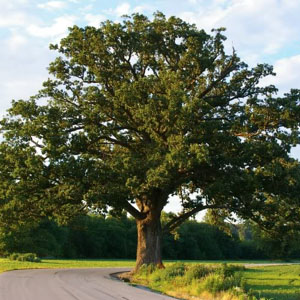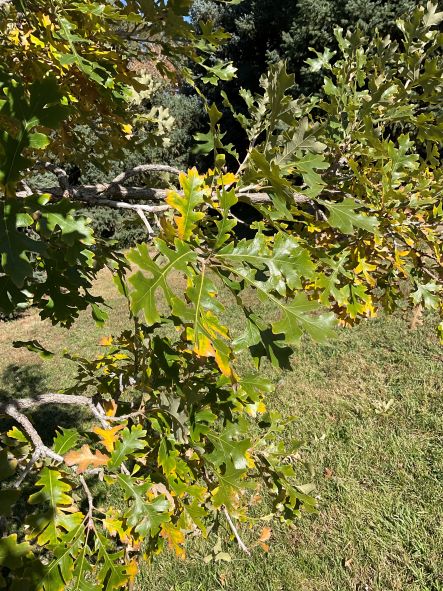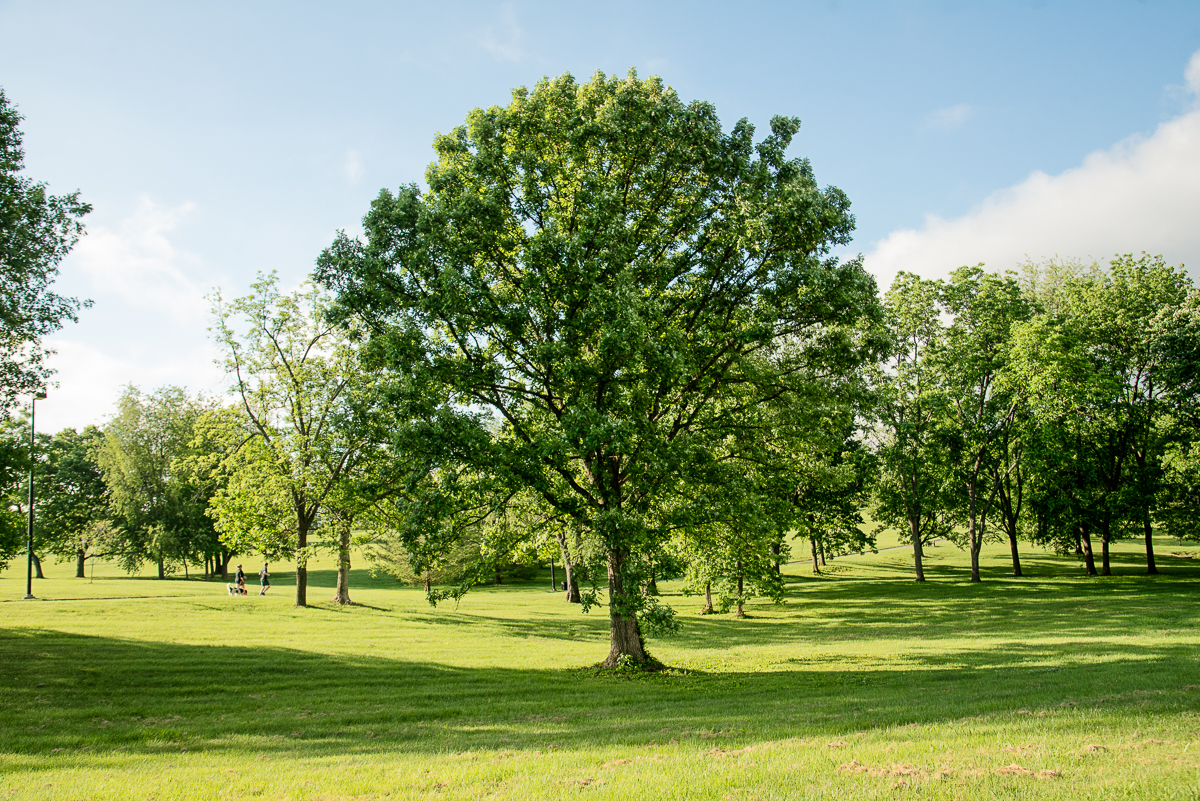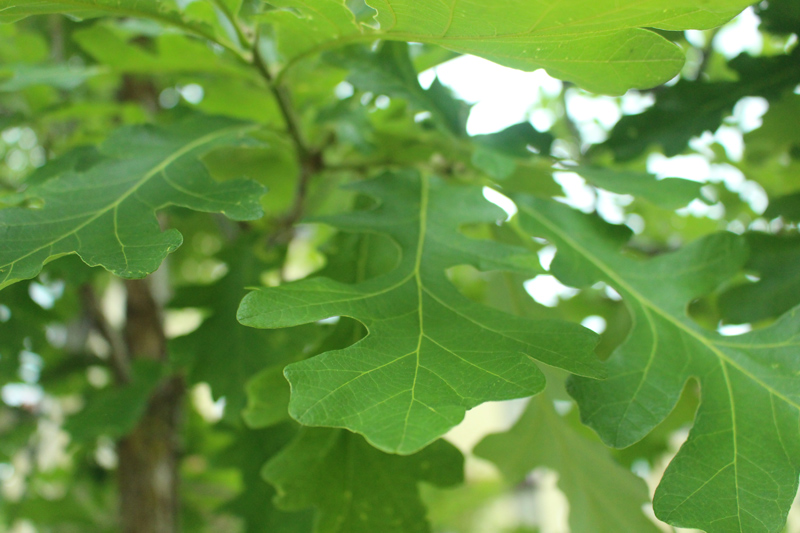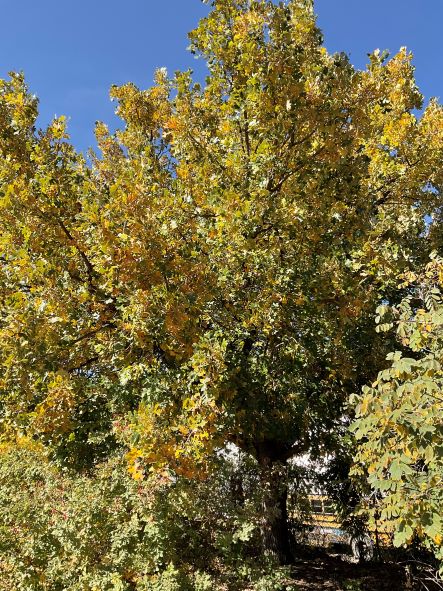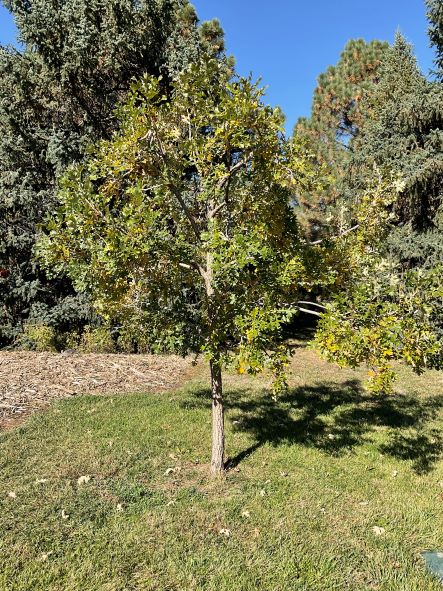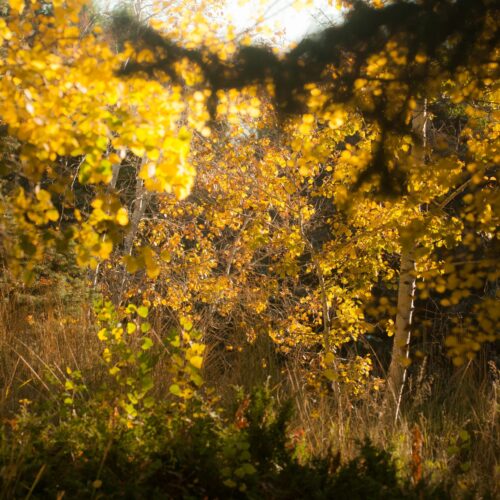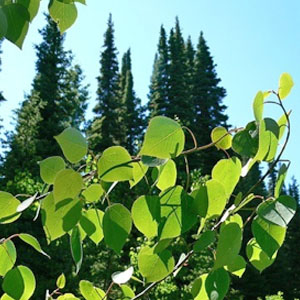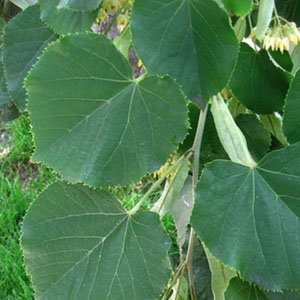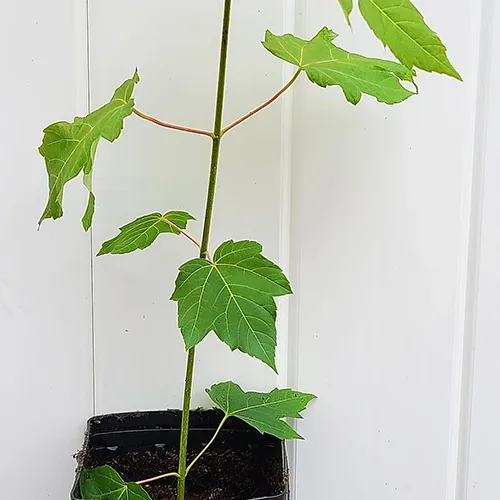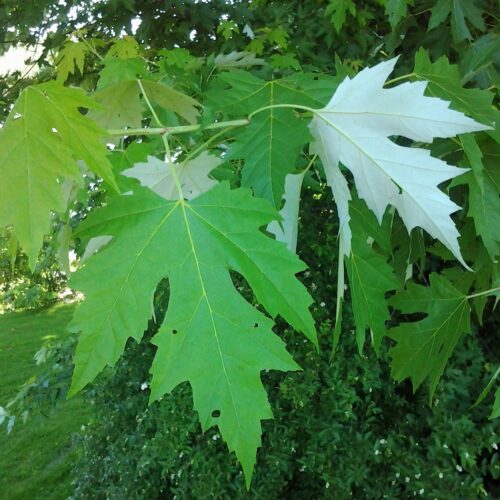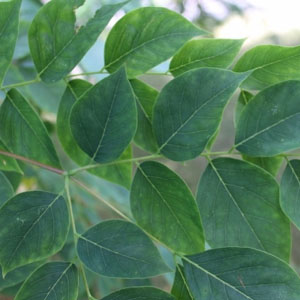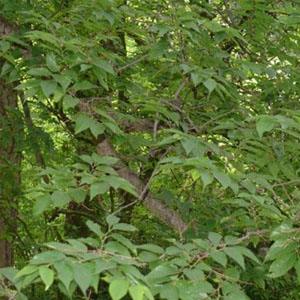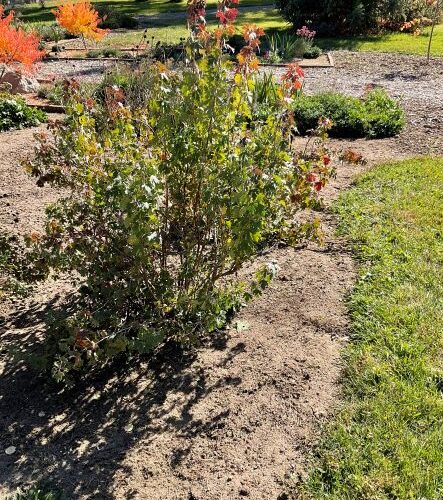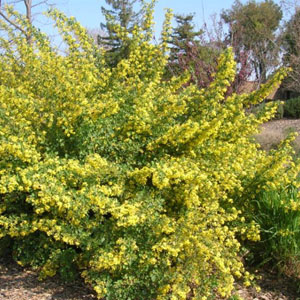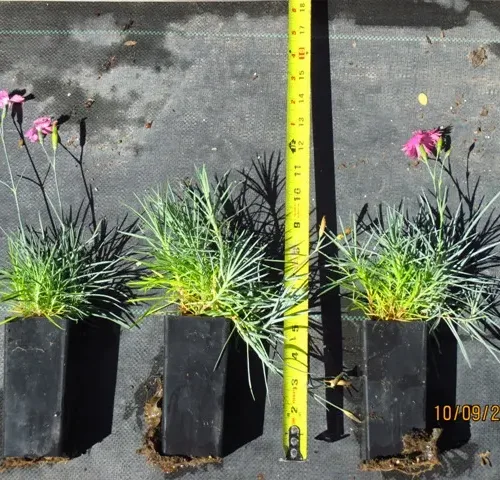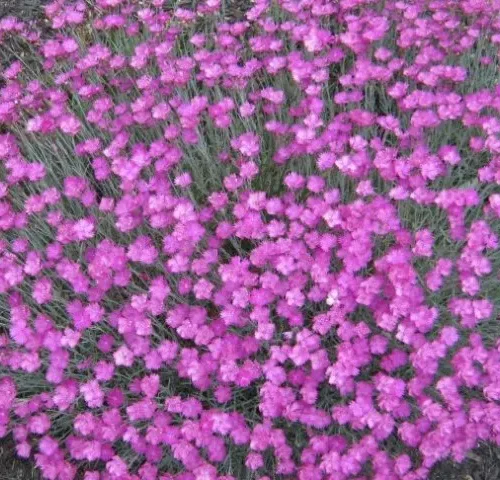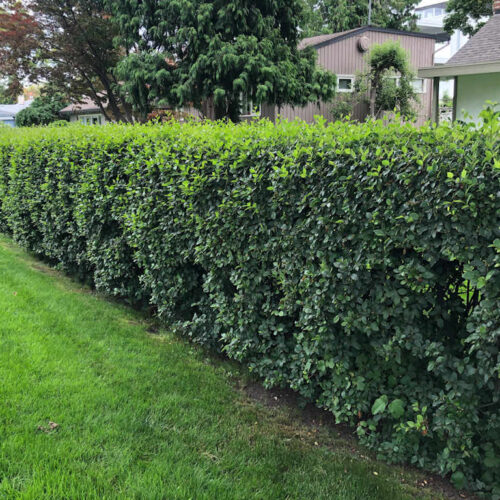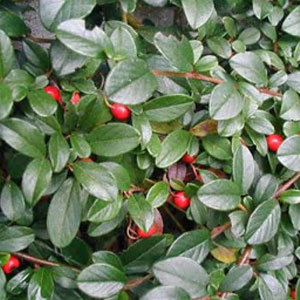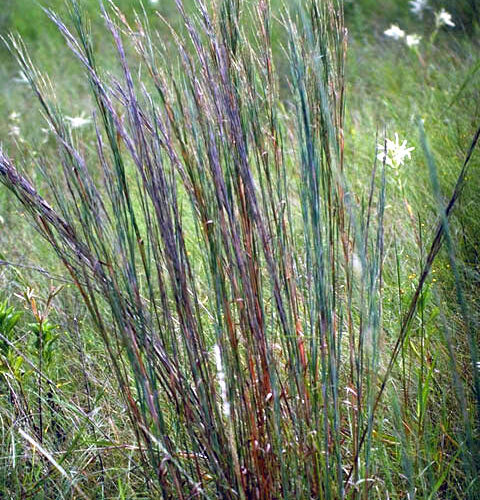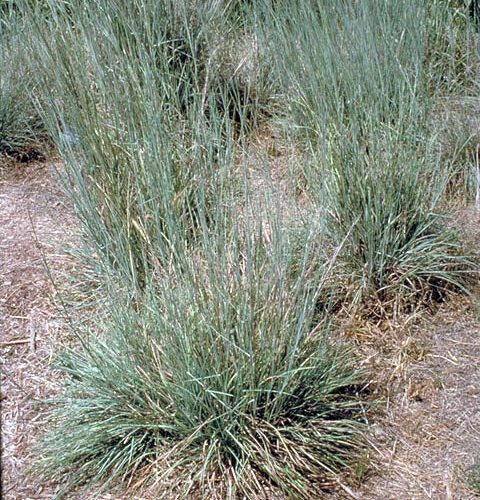Sold individually / Min. 10 inch height / $15.00 per plant / Individual pot size 7” x 6”
Please, don’t delay ordering – first come first serve!
Mature Height 70′ – 80′ Sun Preference Full Sun Soil Preference Acidic, Alkaline, Clay, Drought, Loamy, Sandy, Well Drained, Wet
By placing an order, you understand that there is no guarantee on survivability on any plants sold. There are no refunds or exchanges – if it is determined that you got a damaged plant you will be provided with a replacement, species dependent on stock availability. Orders will be fulfilled with stock that is conservation grade for the conservation natured purpose of this low-cost seedling program.
Once orders are picked up please make any claims of damaged or unhealthy plants within 24 hours after pickup, photos are encouraged.

